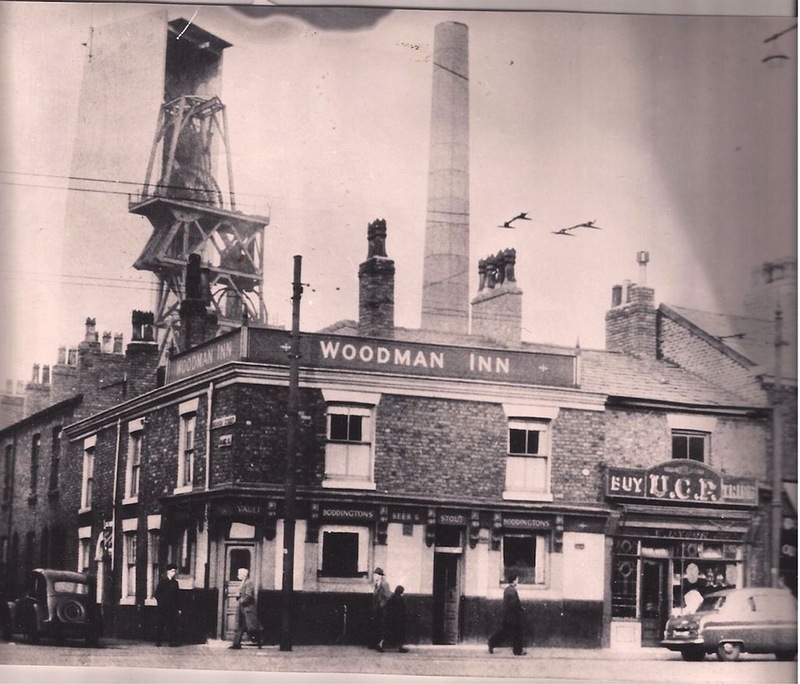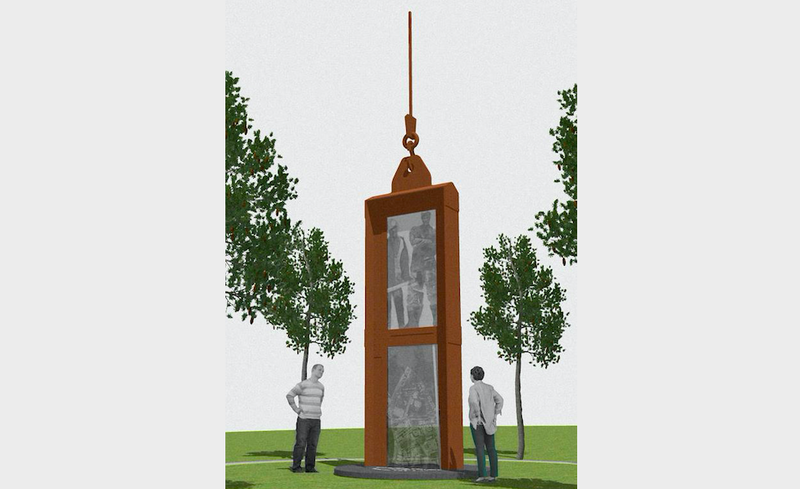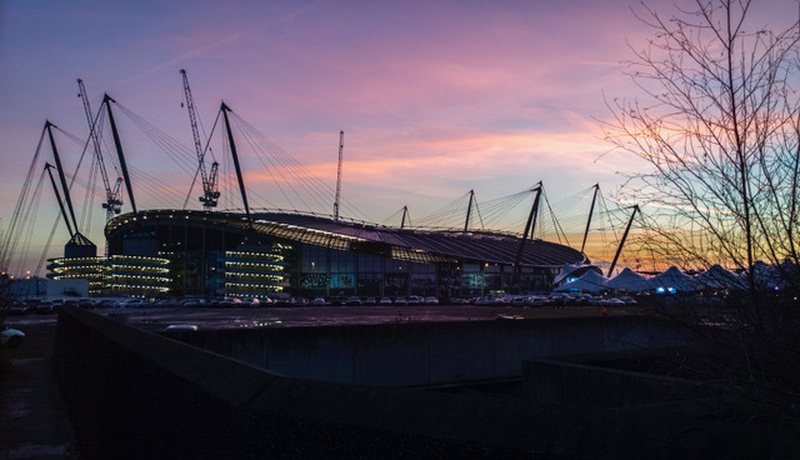The site of Etihad Stadium was home to a thriving colliery for 350 years
Remember the miners who once toiled deep below ground in the mines of east Manchester? Many won’t, or even know they existed.
Finally that’s set to change, after a successful proposal to create a permanent memorial to Bradford Colliery; which once occupied the site where Etihad Stadium stands today. Initiated by the Bradford Pit Project team and supported by Manchester City Council, it will be installed later this year.
Home to the famous top-grade ‘Roger coal,’ Bradford Pit was a thriving part of the UK coal industry for 350 years and was fundamental in providing fuel and power throughout Manchester and surrounding areas. Referred to as the ‘Pit in the City,’ due to the rarity of coal mines being located out of rural areas, the colliery saw a spider web of seams dug by the miners which stretched for miles underground.

When the pit closed in 1968, the industry employed 1500 people and much of the local economy relied on it. Fortunately the area has seen a successful and ongoing regeneration, however a lessening awareness of its rich past has led to calls from former miners and community members to have the site's hidden history and its people commemorated.
Read more: Lost buildings of Manchester: Bradford Colliery
Lauren Murphy, 29, set up the Bradford Pit Project up in 2013 after graduating from Manchester Metropolitan University (MMU). It stemmed from the passing of her granddad Alan Evans, who was a miner at Bradford Colliery and suffered an accident there which affected the rest of his life.

She said: "It's clear that there was no closure for these men when the pit closed and what started as an interest in the history of the area has become a network of miners, some of whom have not been in touch for 50 years. That's probably the most humbling thing - to bring members of a community back together after such a long time.
"Many people who used to live in east Manchester are amazed at the transformation of their old neighbourhood. Through a lot of engagement events with miners and local people, it was clear that many people wanted to see a physical memorial so that the history of the pit will be remembered, and hopefully encourage people to find out more.

"We currently have an archive at Central Library holding an oral history of some of the miners recounting their time in Manchester's mines. And we hope that the memorial will encourage people to add more to that archive, building a real resource for future Mancunians."
The designers of the memorial, Broadbent Studio, have long been supporters of the project and built relationships with many of those involved. They have a history of creating pieces which respond imaginatively to people and place and have created other mining memorials such as the Lives Lived, Lives Lost at Wakefield’s National Coal Mining Museum.

The memorial, constructed using steel and glass, will represent a lift shaft cage; allowing the viewer to imagine being lowered into a subterranean world below the streets of Manchester. The nearly 8m weathering steel structure will house glass panels, featuring imagery of illustrated miners taking their journey, and a map interpreting the legacy and redevelopment of the site. There will also be a stone base with wording inscribed in remembrance of Bradford Colliery and the mining community.
Located on the corner of the east side of the Etihad Stadium, not far from the former pit head, the piece will occupy a prominent location with viewing opportunities from many perspectives.

Cllr Suzanne Richard, Manchester City Council’s executive member for housing and regeneration, said: "The foundation of the Manchester we know today was built on our industrial past by working class people. East Manchester is unrecognisable from the pit communities of the last century but it is important that we continue to remember where we have come from.
"The work Lauren and those involved in the Bradford Pit Project have done, to bring to life this amazing piece of our social history, is significant not just for those who were part of the community at the time but in celebrating and understanding our heritage for generations to come."

After a year of voluntary work which included fundraising, an exhibition and working with former miners and schools in east Manchester, the Bradford Pit Project won ‘Best Community Histories project’ as part of Manchester Histories Festival 2014 (see box below). Sponsors of the award Laing O’Rourke Construction have a history of working in the area, and have offered Lauren a position as ‘sustainability advisor’ working part time to facilitate the development of the project.
Details of the memorial installation, as well as public (COVID-safe) events including its unveiling, will be announced soon. Find out more at www.bradfordpit.com.
Bradford Pit Project - Beyond the memorial
After winning ‘Best Community Histories project’ as part of Manchester Histories Festival 2014, the Bradford Pit Project delivered an extensive three-year community engagement programme and archive project in order to evidence the need to permanently mark the area’s rich heritage. These included…
Community engagement programmes- The project has delivered over 60 community activities/events since 2013. Over 2000 people have been engaged in project activities including past and present residents of the area.
Activities have educationally impacted units of study and curriculum across primary, secondary and university levels following work with local schools and MMU students.
A permanent archive has been established – Little evidence remained of the Pit, however the project has worked with volunteers to generate an archive which is now housed at Manchester Central Library as a permanent resource; including digital and paper archives and an oral history project. It is hoped the archive can be added to further by members of the public.
Two public exhibitions have taken place which generated substantial interest across Manchester.
Intergenerational engagement – A large element of the project has been about the importance of memory, particularly of the aging groups which have been engaged. Intergenerational engagement, such as miners’ talks with local schools, has not only educated and raised awareness of heritage but has also given the miners a renewed sense that their memories and contributions to society are valued.
Reconnecting old friends - Activities have succeeded in establishing networks of former miners and residents of the area which had dispersed since the pit’s closure. Miners and families that hadn’t seen each other in almost 50 years are now in touch regularly.
Enhanced sense of place – Residents living in the area today, who were unaware of the pit and industry surrounding it, have been astounded to learn of their area’s heritage. Activities have also helped former miners and residents orientate themselves with the huge changes in the area where they once lived.
Find out more about the history of Bradford Pit in our article
Written by Charlotte Hince















